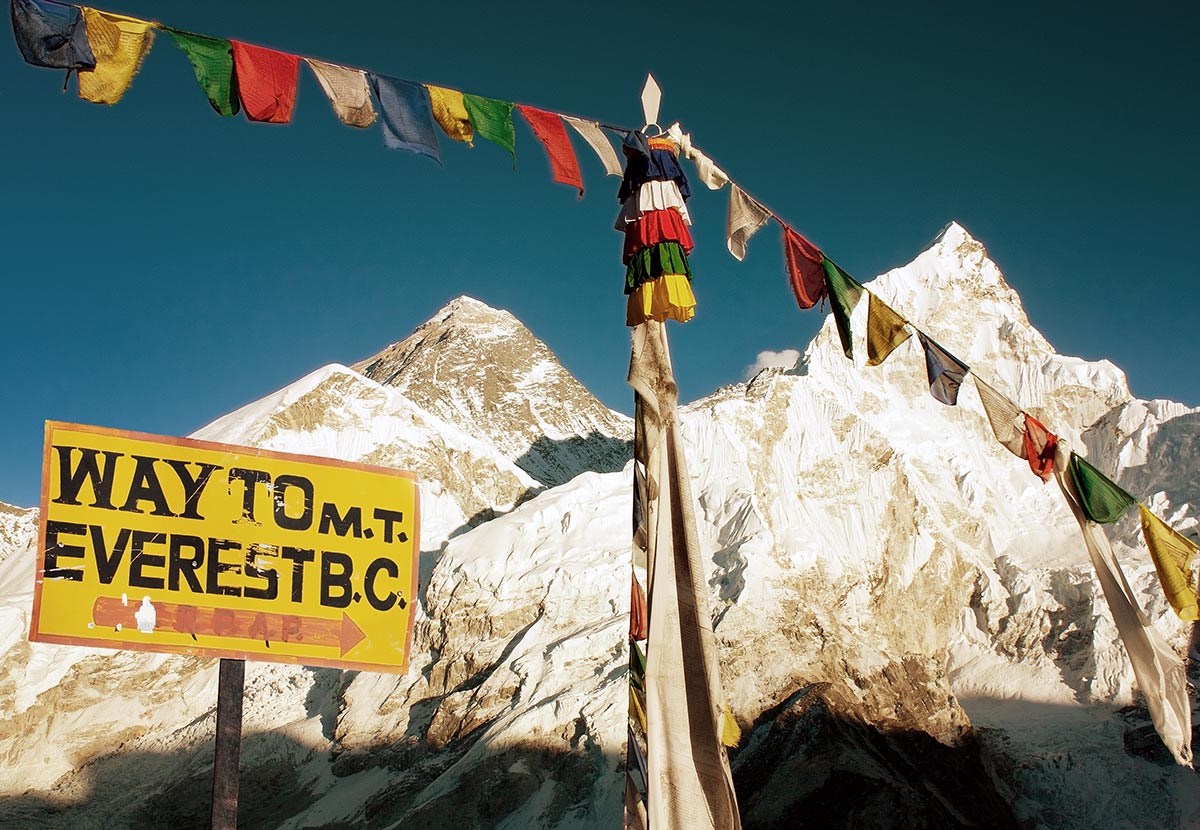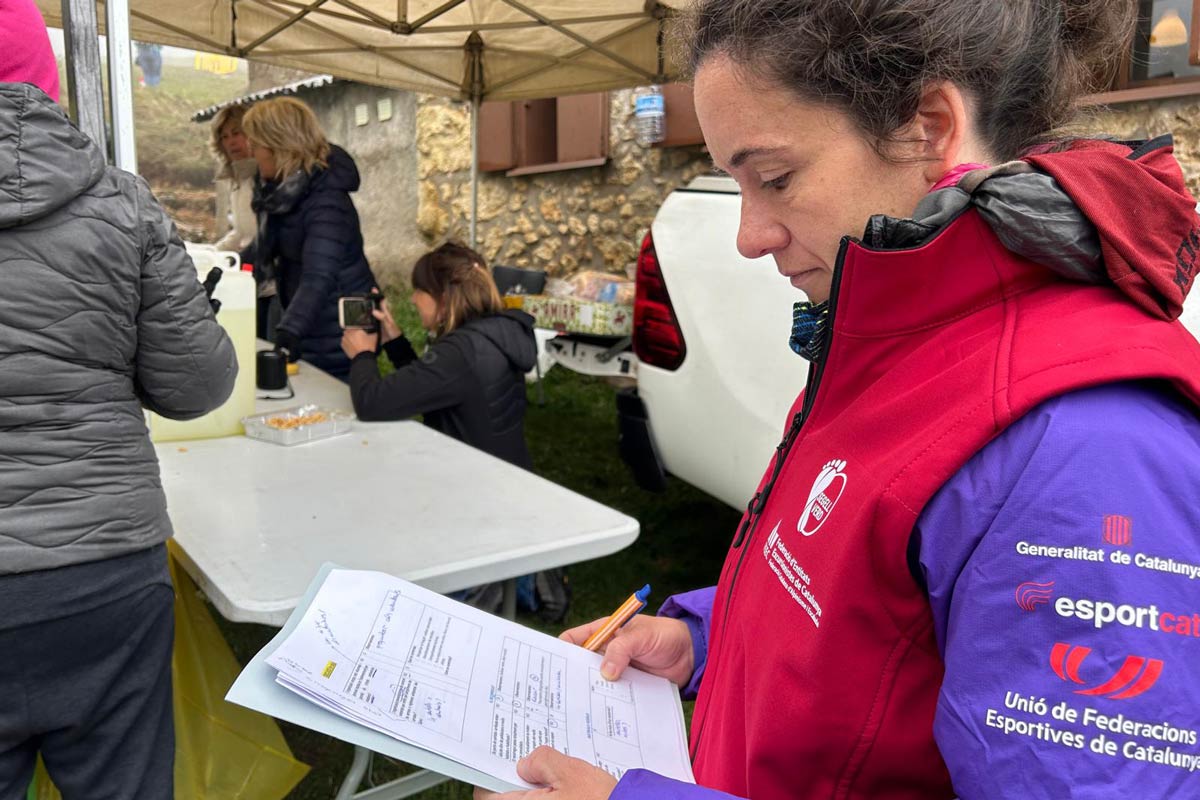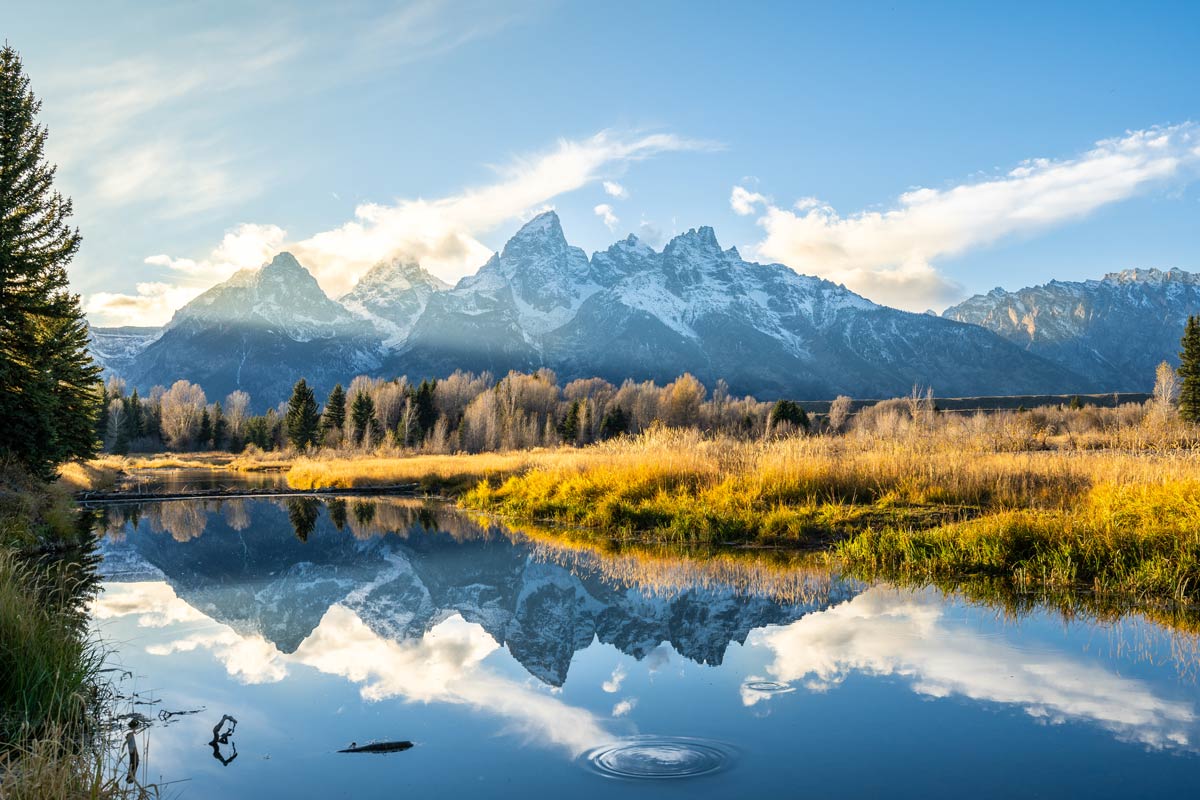Following recent headlines about the climbing and trekking industry in Nepal, the Alpine Club has issued this statement, written in collaboration with the BMC, the UIAA and the mountain guides body the IFMGA, highlighting some of the issues facing the Nepali government and how we might help in its efforts to drive out bad practice and secure the future of mountain tourism in Nepal.
The last few pre-monsoon seasons on Everest have generated a great number of negative headlines about several aspects of climbing on the mountain: overcrowding; garbage and the disposal of human waste; inexperienced climbers; and the safety of local high-altitude workers. This has prompted deep concern in the wider mountaineering community.
This statement comes from mountaineering organisations with a long involvement in Everest and Nepali climbing:
• The Alpine Club (AC), which organised the first expeditions to Everest in the 1920s and 1930s culminating in the first ascent in 1953. The AC provides financial assistance to expeditions in the Greater Ranges, including Nepal.
• Following discussions amongst the General Assembly, the Mountaineering Commission and the Mountain Protection Commission of the International Climbing and Mountaineering Federation (UIAA), representing nearly 90 member associations and federations in 68 countries on six continents.
• The International Federation of Mountain Guide Associations (IFMGA), the international umbrella for mountain guide associations, representing a total of almost 6,000 guides who are qualified according to IFMGA guidelines.
• The British Mountaineering Council (BMC), established in 1944, representing the interests of the UK’s mountaineers and awards grants to expeditions operating in Nepal.
All these organisations wish to encourage best practice not just on Everest, but across the Nepal Himalaya as well. We also support the principles of mountain conservation outlined in the Kathmandu Declaration of 1982. We support any government or local authority effort that properly addresses problems caused by mountaineering, commercial or amateur.
We welcome the Nepali government’s decision to review how Everest is managed and the recent decision to ban single-use plastic from Khumbu, the Sherpa homeland south of Everest, which Sherpas and Tibetans hold sacred. With new roads getting closer to the Everest region, we share local concern about the impact on the Everest environment of even greater numbers of tourists. We believe the people of Nepal want to protect their environment. However, because of the way Everest is being managed, the current number of clients attempting the peak isn’t sustainable.
Outlined below are some practical measures that will improve the image of tourism in Nepal, protect the investment already made in Nepal’s mountain tourist industry and benefit the wider Nepali economy and local communities.
Workers’ Rights
Porters, guides and anyone else employed in the mountains should have appropriate training and rates of pay. We welcome insurance schemes protecting mountaineering workers but are concerned that the price war among some agencies on Everest and other popular 8,000m peaks is exposing workers to insufficient rates of pay and unnecessarily dangerous working conditions. Both should be properly regulated. Setting a minimum expedition price won’t solve this problem or save lives: a proper minimum wage and enforcing regulatory standards on the mountain will.
Guiding Standards
Hiring a guide makes sense for inexperienced or uncertain climbers but they must have confidence in their guides’ expertise. The IFMGA has supported the Nepal National Mountain Guides Association in training and regulating mountain guiding in Nepal; we will all continue to support the development of guiding standards across the Himalaya. There are specific demands made ofHimalayan guides and training standards should reflect this. Additional training and investment has led to safer climbing and better experiences for clients in the Alps. There are also examples of how good practice promoted through the International Standards Commission has greatly improved the viability and profitability of many industries: mountaineering wherever it’s practised is no exception.
Freedom of Access
The Nepali government has on a number of occasions considered making the hiring of a guide mandatory for all climbers. The Nepali government needs to be clear: do they mean a climbing guide or a sirdar, or ‘team guide’. We believe that on the mountain climbers should be left alone to make their own mountaineering decisions, as they are in almost every other country in the world. This has been accepted practice in Nepal since mountaineering was first permitted. All the climbs now used by commercial expeditions were first done without guides. This choice is fundamental to the core values of mountaineering and something we wish to defend. Furthermore, many grant-making bodies around the world will not offer financial support to guided teams, jeopardising their viability.
Liaison Officers
Expeditions are obliged to pay for a liaison officer appointed by Nepal’s ministry of tourism. Yet it is too often the case that liaison officers don’t have the skills necessary to do the job properly and too often don’t accompany the expeditions they are assigned to support. We believe a better system of oversight on popular mountains, particularly Everest, is possible: to the benefit of climbers, local authorities and the mountain environment.
Helicopter Fraud
The growth of the civilian helicopter sector in Nepal is unrivalled anywhere in the Himalaya. Climbers and trekkers in Nepal now often have the option of fast and efficient mountain rescue. Yet it’s clear from the Nepal government’s own enquiries that this thriving industry is severely compromised by corruption. This has had the consequence of driving up insurance costs for our members, making mountaineering insurance unaffordable for some and deterring climbers from visiting Nepal. We welcome the government’s past commitments to address this issue and look forward to progress.
Sustainable Tourism
The Nepali government has made progress in addressing the problem of waste generated from tourism in the mountains. We welcome what’s been done but waste management continues to be an issue. Mountaineering alone brings millions of dollars to the Nepal exchequer and mountain tourism underpins the jobs and prospects of hundreds of thousands of Nepali citizens. It seems reasonable that local communities trying to fund waste management schemes receive financial support from central government as part of Nepal’s investment in its tourism sector. It’s also important that local organisations are themselves free from corruption.
Safety and Best Practice
We note that 11 people lost their lives on Everest this spring. This was a high number but has to be seen in context: there was a record number of permits issued for the mountain. When you compare the number of climbers on Everest and the number of deaths, it is much safer than several other 8,000m peaks in Nepal. This shows that while Everest has problems, many guiding companies on the mountain run an excellent service. They are able to support weaker companies when things go wrong, something that doesn’t happen on less popular mountains, where there isn’t the same support. Cut-price mountain tourism and low training standards jeopardise safety. The low and even non-existent level of experience among some clients must also be challenged. We support the idea of clients being required to climb a significant peak in Nepal before being issued an Everest permit.
Conclusion
While it’s impossible to guarantee everyone’s safety, we believe that with adherence to best practice it is possible to have a viable mountaineering tourism industry in Nepal, as exists in the Alps and elsewhere. Indeed, there are similarities between the current situation in Nepal and the Alps decades ago before action was taken to regulate the quality of guiding and the general competence of those active in the mountains. We fear that if the ‘race to the bottom’ in terms of price and standards continues or worsens, credibility in the Nepali tourism sector will be further undermined to the detriment of the local economy.
We hope you will consider our ideas and open a dialogue with us to discuss how we can support the range of measures being discussed to secure the quality and future of mountain tourism for the benefit of all Nepalis.
Yours sincerely,
Alpine Club
UIAA
IFMGA
BMC
The original article can be viewed here.
Photo: Stock Library



